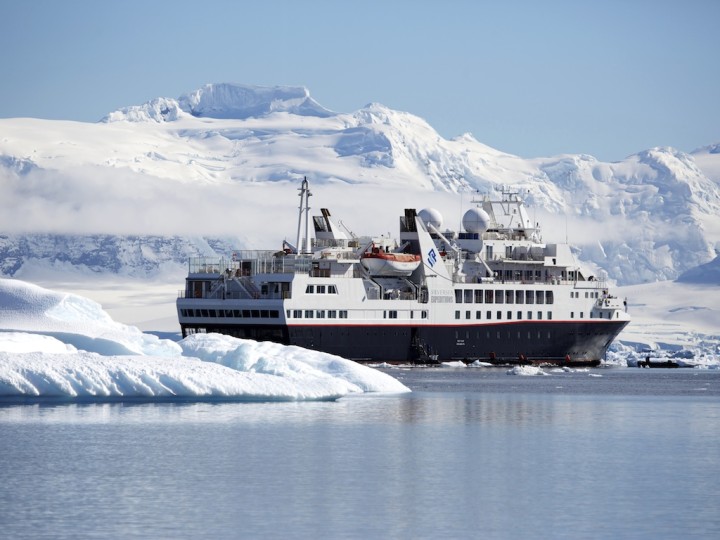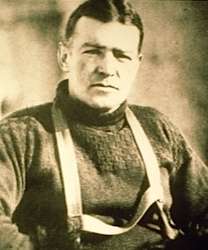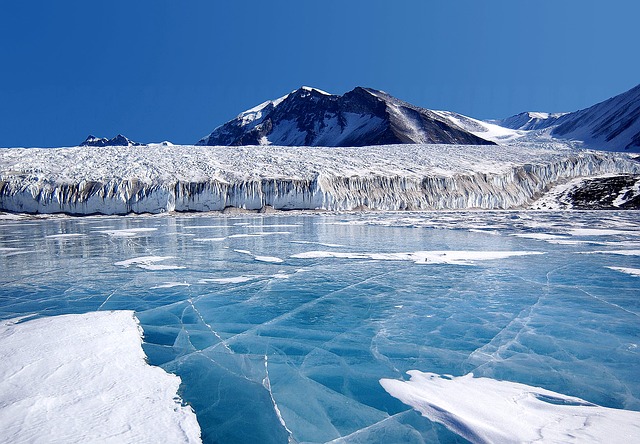
Shackleton’s Courage
26th November 2015
We were in the open sea yesterday, no protection from land, and the winds blew at Force 8. At times Force 9. The waves grew high and crashed against the boat, alarming passengers unaccustomed to the Souther Ocean. The first time it was the captain speaking on the AV, ‘The winds are higher than forecast, please do NOT go out on deck, hold onto grab rails, and take care.’
It wasn’t a day to be sitting in one’s cabin with a keyboard, hence I am only writing now, sheltered by land on all sides.
But the memory of those wild seas is still fresh in mind, and makes me appreciate all the more what Shackleton and his men endured. Our ship is steel-hulled. Theirs, the Endurance, was made of wood. Ours is spacious and fitted with every conceivable luxury. Theirs was cramped, loaded high with provisions necessary to cross Antartica. And then, when the seas weren’t raging, they were freezing solid into pack ice – and the Endurance was beset in ice ‘like an almond in a chocolate bar’. Shackleton and his men drifted for 10 months in the Endurance, crippled by the ice – and when, on 21st November 1915, the ship was finally crushed like matchsticks before their eyes, they camped on the drifting ice for a further four months. Finally, the ice thawed and released them into the open sea, and they were able to row – cold, wet, exhausted and mad with thirst so that their tongues swelled in their mouths – to the first outcrop of land – that, Elephant Island.
Yesterday morning we had the privilege of sailing right up close to Elephant Island. We couldn’t land. People are rarely able to land. Our guide on this boat has sailed 135 times to Elephant Island, and has only been able to land three times. Such is the ferocity of the weather in this spot, and the delicate pitch of the minuscule beach, surrounded by steep, jagged rock.
This is where Shackleton landed with his men. They were overjoyed to have feet back on terra firma, but not for long. Elephant Island is uninhabited, and in 1915, was way off any shipping routes. Their fate was to eke out their lives on a diet of penguins and seals, living under overturned boats on a few square metres of windswept, frozen beach – unless Shackleton acted.
This he did. With the help of Harry McNeish the carpenter, who shored up one of the little boats – a 22ft whaler, called the James Caird – to make it as seaworthy as possibly, Shackleton, McNeish and four other men, set sail from Elephant Island to South Georgia, a tiny dot in the ocean some 800 miles to the north and west. It was madness, but madness was their only option. And thanks to the extraordinary navigation skills of navigator Frank Worsely, they made it. It is almost impossible to imagine how Worsely took readings on his sextant in heaving seas under cloudy skies. People assume he had the instincts of a homing pigeon. To this day it is considered the most audacious boat journey ever made.






